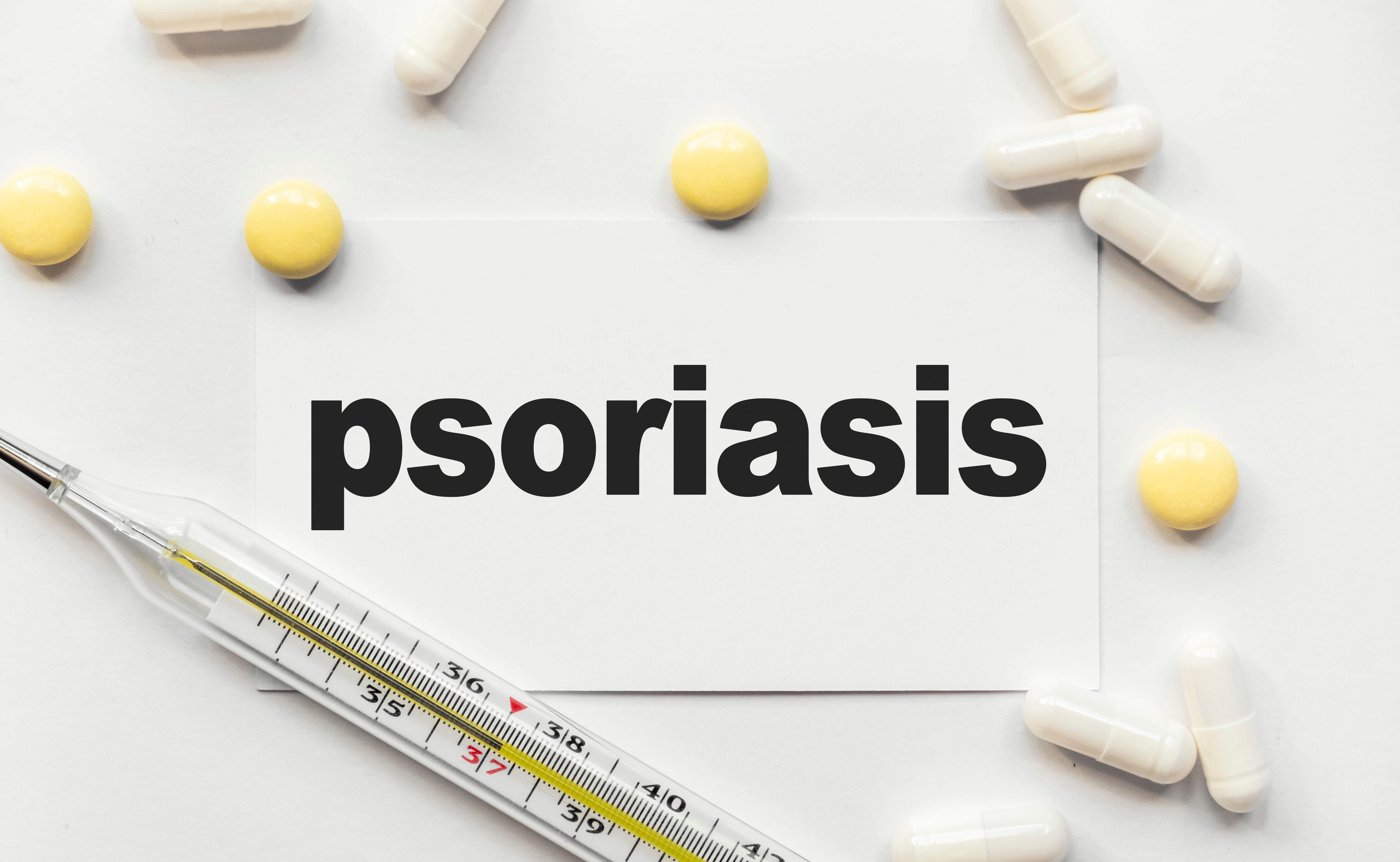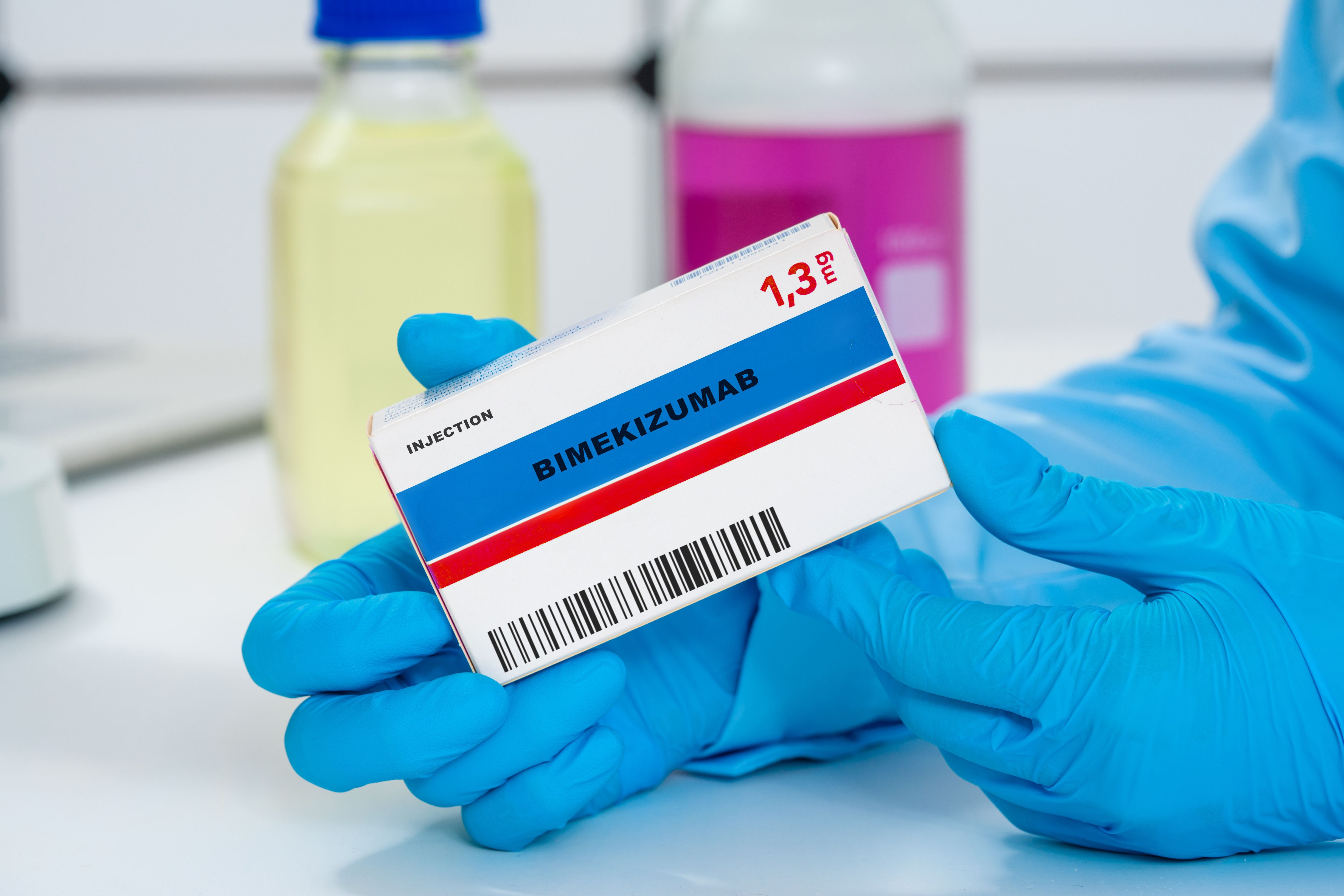Article
Development of PsA Linked to Tenosynovitis in Patients With Arthralgia
Author(s):
Researchers used ultrasound to investigate the anatomical basis for arthralgia symptoms and found that tenosynovitis was the only significant difference in patients who went on to develop psoriatic arthritis (PsA).
Patients with psoriasis have a period of nonspecific joint pain and stiffness before being diagnosed with psoriatic arthritis (PsA), but why this happens has not been clearly defined. In a new study, researchers used ultrasonography to investigate the anatomical basis for these symptoms and found that tenosynovitis was the only significant difference in patients who went on to develop PsA.
Patients with psoriasis who experience nonspecific musculoskeletal symptoms and joint symptoms, or arthralgia, are more likely to develop PsA; in addition, a condition called enthesitis (when inflammation and pain occurs where tendons and ligaments meet bones) is more likely. Because joint damage can occur early in the course of PsA, early disease recognition and treatment is vital, the researchers noted.
In this study, researchers used ultrasound (US) to investigate the anatomical basis for joint symptoms in arthralgia and the link between these imaging findings and later development of PsA; a cross-sectional prevalence analysis of clinical and ultrasound abnormalities was performed in patients with psoriasis, PsA, and arthralgia. The multicenter study in Italy involved 61 patients with arthralgia, 57 patients with psoriasis, and 57 healthy controls.
Tenosynovitis was the only significant sonographic feature that differed between those with arthalgia and psoriasis (29.5% vs 5.3%; P <.001), although synovitis and enthesitis were numerically more frequent in arthalgia.
Five patients in the arthalgia group and 1 in the psoriasis group developed PsA, with an incidence rate of 109.2 per 1000 person-years in the arthralgia group versus 13.4 per 1000 person-years in the psoriasis group (P = .03).
In addition, a Visual Analogue Scale (VAS) score, a Health Assessment Questionnaire, joint tenderness, and US active enthesitis were baseline variables associated with PsA development.
Compared with patients with psoriasis alone (as well as healthy controls), patients with both psoriasis and arthalgia had a higher mean (SD) VAS pain score of 4 (2.35) versus 2 (2.39) (P <.001) and tender joints count of 2.98 (4.7) vs 0.49 (0.98) (P <.001).
Looking at US results, 18 of the 61 (29.5%) patients with arthalgia showed tenosynovitis in at least 1 region as evaluated by grey scale synovitis (grade 1 in 17/18 patients and grade 2 in 1/18), compared with 3 of the 57 patients with psoriasis (5.3%) (P <.001) and 2/57 (3.5%) in healthy controls, all grade 1 for psoriasis and controls.
While sonographically determined synovitis, enthesitis, and tenosynovitis were numerically more frequent in the arthralgia group compared with the psoriasis group, only tenosynovitis was statistically significant in patients with arthralgia.
However, only enthesitis, as determined by US, was linked to the future evolution of PsA, but tenosynovitis was not.
“These findings are relevant for enriching for subjects at risk of imminent PsA development,” the authors said.
Reference
Zabotti A, McGonagle DG, Giovanni I, et al. Transition phase towards psoriatic arthritis: clinical and ultrasonographic characterisation of psoriatic arthralgia [published online October 23, 2019]. RMD Open. doi: 10.1136/rmdopen-2019-001067.




